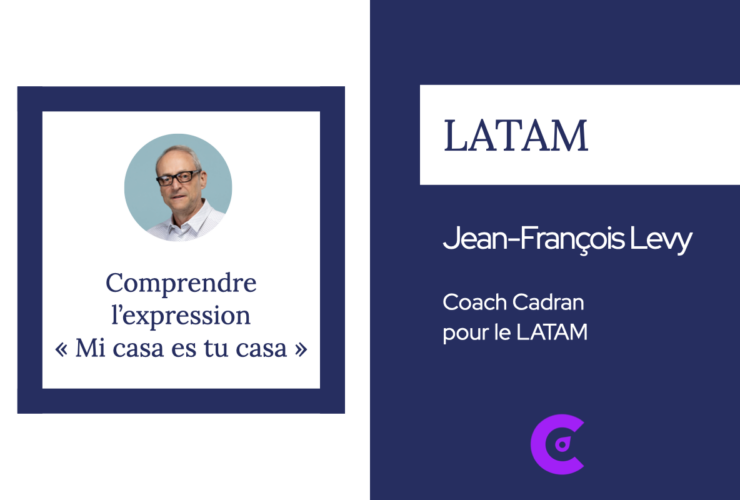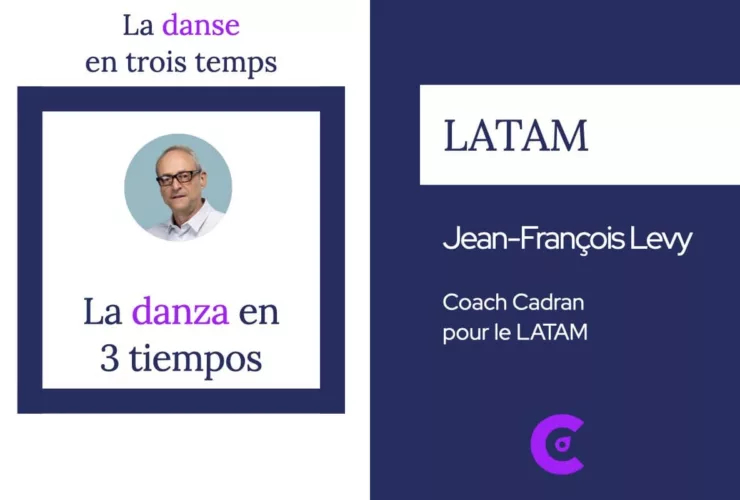How to use the DISC method to lead a training session for 160 people?

What is the DISC method?
It is a method that allows you to develop self-knowledge. Some also refer to the DISC test in the sense of a personality test. It’s the same concept. It will give you the opportunity to:
1/to know you
2/understand the people in your environment
3/ communicate better with its environment.
The method assigns a personality profile to each person. We want to remember that each person is unique. This is reflected in his profile. The publishers who offer the most sophisticated online profiles give each one a suitable profile and a natural profile. We will come back to this definition a little later.
What are the applications of DISC?
The applications are as follows you can with the DISC:
Optimize your management style.
Better manage the work of your employees.
Identify and anticipate stress in your team.
Strengthen group cohesion.
Structuring business development
What is the size of the groups you lead?
There are groups of all sizes:
The method is used for individual support. This is one of my most requested coaching tools.
Typically, training groups are 12 to 15 people.
The DISC can of course be used during online or face-to-face training.
Sometimes we are more numerous: from 25 to 30.
Exceptionally, at the start of the year, we held a workshop on method-based communication. We were 160! Technically it was possible to be more numerous. If the conference room allows it, we could be 250.
The DISC method in conference
The specifications were as follows: the client wanted to organize a business seminar, the first day of which focused on the theme of communication.
The idea for using the tool was brought to me by the client. A few months earlier, we had done a first session with the color method. The participants were fully satisfied.
Some elements of the specifications with the DISC:
The entire management of approximately 160 people attended the conference.
The animation of the day must be in English. Many participants come from five continents
It is desirable to organize sub-groups of 20 to 25 people. It will therefore be necessary to mobilize 6-7 consultants. some are consultants that we have selected. Others are volunteers who have an appetite for leading groups. They already know the DISC method. We offered them specific training on DISC for the facilitation of this day. This offers two advantages to customers. First, reduce costs. Then keep some of the DISC know-how internally after the conference.
How is the DISC day / conference organized?
Start: a plenary session of 160. Participants listen to the presentation of Marston’s theoretical model. We succeed in an amphitheater.
Coffee break: the participants discuss their first impressions. I can see the enthusiasm on the faces.
Distribution into training sub-groups: the objective is to allow managers and leaders to meet in a new setting. Some know each other by e-mail or videoconference. This is the opportunity to discover yourself “for real”.
Lunch: it’s a buffet. The aim is to start using this approach in informal communication.
Distribution into training sub-groups: the objective differs from that of the morning. It is about reconstituting the natural teams in order to discuss specific themes. The working groups are intentionally modified. The different themes revolve around the theme “how to work more effectively together”. Thus the financial director finds his accountants, treasury and management control managers. As well as specialists in each field. They will be able to look at the various difficulties encountered during daily operational life from a new angle. They are now equipped to understand how to optimize their mode of operation. The same goes for the HRD and operational departments.
Plenary session: the intention of this last part is to provide a summary of the day. We limit the duration to one hour. Also recall all the elements of the model. Make sure participants are familiar with the tool.
We organize a quiz for all participants for this purpose.
What are the main profiles encountered?
The DISC still called Marston’s color test describes four main colors. In training, they correspond to four different profiles.
The dominant style. This profile is characterized as follows: it is direct and goes straight to the point. This person can sometimes be perceived as aggressive by those around him. She particularly appreciates challenges. She is generally ambitious. His behavior is sometimes described as impulsive. The dominant is represented by the color red.
The conformity style or even conscientious. It is characterized by an analytical approach. He likes numbers and facts. Quite formal, even distant and cold, according to some. In English, we talk about compliance. Compliance is represented by the color blue.
The influential style. In English, we speak of influence or indulgence. He is naturally jovial and optimistic. Relationships are easy. He may seem a little disorganized to some. The influent is represented by the color yellow.
The stable style or stability. These people love harmony above all else. She hates conflict. These are the participants you hear the least in a meeting. But they don’t think so less. They take the time to think before they act. Don’t think he’s slower than the rest. They take special care in the relationship. They are generally very patient and sometimes reluctant to change. The stable profile is represented by the color green.
Can we use the DISC method to understand our interlocutor and customers in general?
Absolutely, the analysis applies to all styles of behavior. Even if that was not the objective, because the most classic situations encountered by the participants were management situations, and relations between the members of the group. The DISC profile can be applied very well to business development in general and to sales more specifically. It even has a particularly interesting application in business training. The DISC method allows in particular a segmentation and a detailed analysis of customer behavior. One of the strengths of this tool is that it can be adapted to different levels of management. The board of directors, directors, sales managers, and even salespeople.
Some definitions and details on the DISC.
DISC tool: It supports the manager in the management of their team.
DISC method: refers to the way in which DISC is used in management training or in company communication.
DISC Methodology: synonymous with the DISC method.
DISC certification: it is an accreditation for the use of the method which attests to the ability of the certified to handle the concepts under conditions satisfactory to the client.
DISC test: That’s a very common expression to me. We remind you that DISC is not a test. So this is also a misnomer. Just like the personality tests. Indeed, a test would indicate that one can be right or wrong. This is not the case with DISC which determines behavior.
Color test: synonymous with the DISC test.
Marston: by his full name William Moulton Marston. He designed the theoretical framework of DISC. The result of his work on the DISC is a book entitled “The Emotions of Normal People” published in 1928.
DISC model: here we are talking about the scientific dimension of this method. There was indeed an important conceptual framework followed by empirical studies to validate the results. The first works date from the last century.
Marston test: equivalent to the color test or the DISC test.
Red: Refers to one of the behaviors of a person with a direct and assertive character.
What is the best profile to have?
There are no good guys with bad profiles. Each person is unique. Thus the influential or dominant style each have different characteristics with strengths and weaknesses. Don’t try to become another profile. Start by discovering the characteristics of yours. Look at the wealth you have! Use it to develop your own management style. You can also put it into practice to support your employees. This is how to face the world of tomorrow with quality communication.
What is the difference between adapted profile and natural profile?
The natural style is revealed in familiar situations. It varies little over the course of your life. This is kind of your “real” profile.
The right style is the behavior you need to adapt to a particular situation. A communication in public, a professional meeting in which you want to impact your interlocutor. Your adapted profile will evolve throughout your life.




